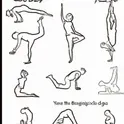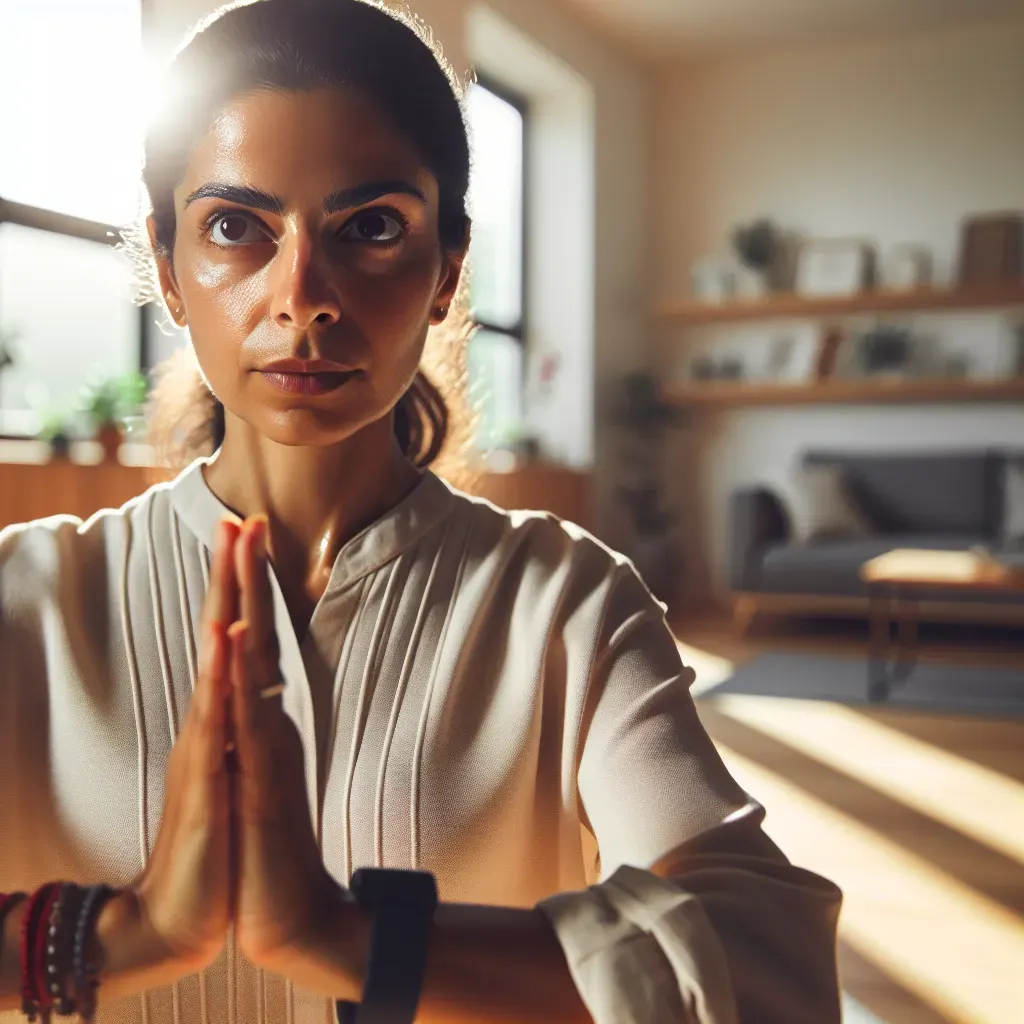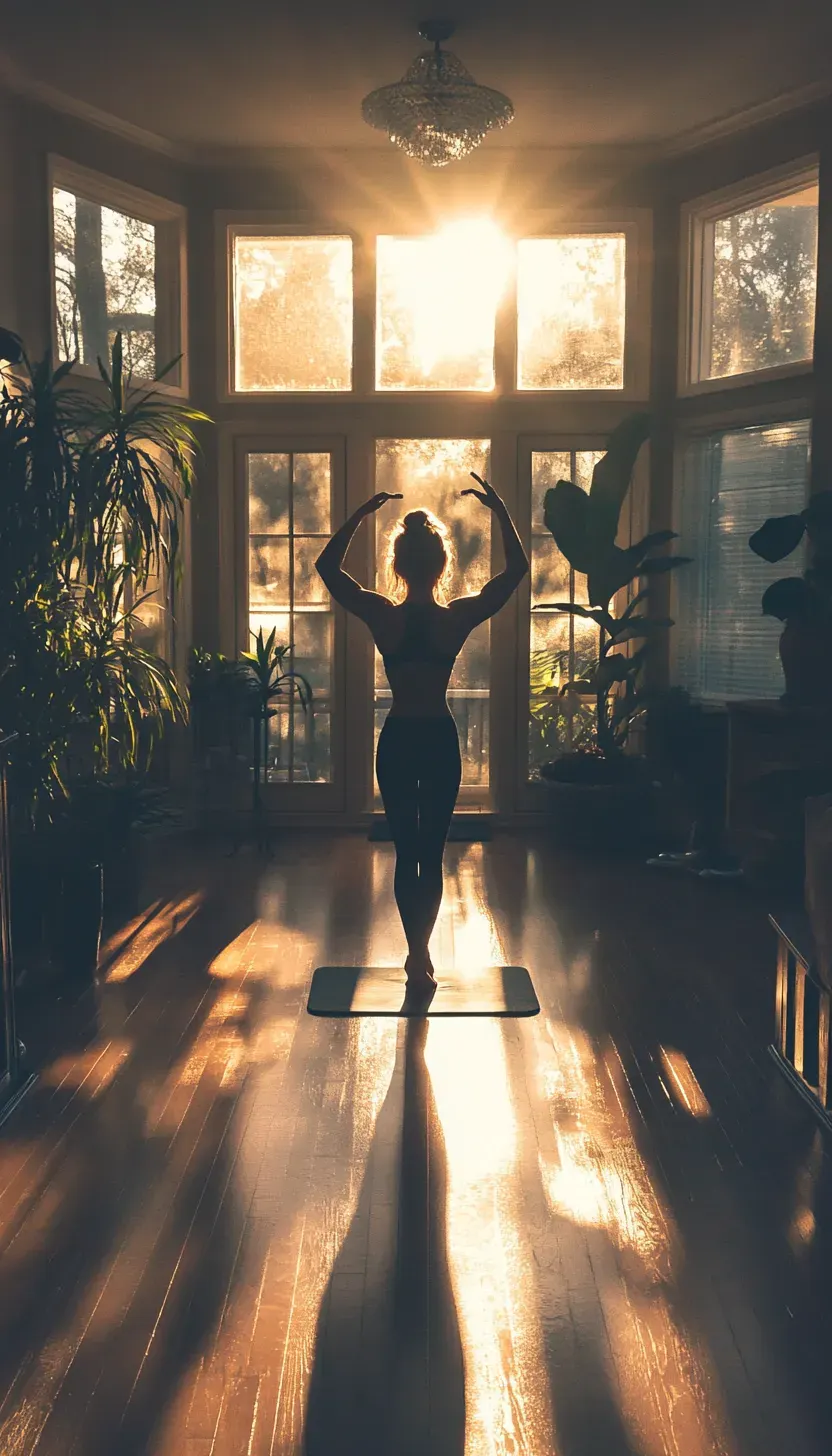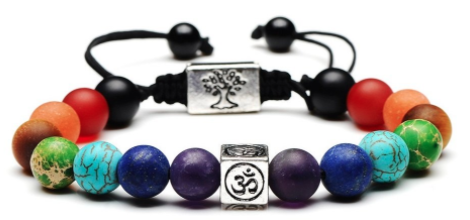How to Sequence Vinyasa Flow: A Complete Guide
Table of Contents
- Introduction to Vinyasa Flow
- Why is Sequencing Important?
- Key Elements of Vinyasa Flow Sequencing
- Setting an Intention
- Warm-Up
- Building the Foundation
- Flowing Transitions
- Incorporating Peak Poses
- Cool Down and Savasana
- Tips for Effective Sequencing
- Sample Vinyasa Flow Sequence
- Conclusion
Vinyasa flow yoga is a dynamic and flowing style of yoga that connects breath with movement. If you’re looking to enhance your practice or teach a class, understanding how to sequence vinyasa flow is essential.
In this article, we’ll break down the key elements of vinyasa flow sequencing, providing you with easy-to-follow steps and tips to create a balanced and engaging practice.
What is Vinyasa Flow?
Vinyasa flow is characterized by a series of poses that transition smoothly from one to the next, synchronized with the breath.
This creates a rhythmic flow that can be both energizing and meditative. The word "vinyasa" translates to "to place in a special way," which reflects the intention behind each sequence.
Why is Sequencing Important?
Effective sequencing is crucial for:
Safety: Proper sequencing helps prevent injury by preparing the body for each pose.
Engagement: A well-structured sequence keeps students engaged and motivated.
Flow: Smooth transitions enhance the overall experience of the practice.
Key Elements of Sequencing Vinyasa Flow
1. Set an Intention
Start your sequence by setting an intention. This can be a theme, a specific focus, or a mantra that guides the practice.
An intention helps create a meaningful experience for you and your students.
2. Warm-Up
Begin with gentle stretches and movements to warm up the body. This can include:
Cat-Cow stretches
Downward Dog
Gentle twists
Warming up prepares the muscles and joints, reducing the risk of injury.
3. Build the Foundation
After warming up, introduce foundational poses such as:
Mountain Pose (Tadasana)
Warrior I (Virabhadrasana I)
Warrior II (Virabhadrasana II)
These poses create a solid base for more complex movements later in the sequence.
4. Create Flowing Transitions
Transitions are crucial in vinyasa flow. Use linking poses to connect the main postures.
For example, you can transition from Warrior II to Side Angle Pose (Utthita Parsvakonasana) smoothly by placing the forearm on the thigh and extending the opposite arm overhead.
5. Include Peak Poses
Incorporate one or two peak poses into your sequence. These are challenging poses that require preparation. For example, if you want to include Handstand, prepare the body with poses like:
Downward Facing Dog
Plank Pose
Forearm Stand
Ensure that your students feel ready and confident to attempt the peak pose.
6. Cool Down and Savasana
After the peak, it’s essential to cool down with gentle stretches. Include poses such as:
Seated Forward Bend (Paschimottanasana)
Reclining Bound Angle Pose (Supta Baddha Konasana)
Finally, conclude the practice with Savasana (Corpse Pose) to allow for relaxation and integration of the practice.
Tips for Effective Sequencing
1. Consider the Level of Your Students
Always tailor your sequence to the skill level of your students. Beginners may require more foundational poses and modifications, while advanced practitioners can handle more challenging sequences.
2. Use Breath as a Guide
Encourage students to connect their breath with movement. Inhale as they expand into a pose and exhale as they fold or transition. This connection enhances the flow of the practice.
3. Maintain Balance
Ensure your sequence includes a balance of strength, flexibility, and stability poses. This well-rounded approach helps create a holistic practice.
4. Be Mindful of Energy Levels
Consider the energy levels of your students throughout the class. Start gently, build intensity, and then gradually bring down the energy during the cool-down phase.
Sample Vinyasa Flow Sequence
Here’s a simple vinyasa flow sequence to get you started:
Warm-Up
Cat-Cow (5 breaths)
Cat-Cow is a dynamic and heartfelt transition that breathes life into any Vinyasa flow.
As you move between these two postures, imagine the undulating motion of water rippling through a serene lake.
Inhale as you shift into Cow Pose, lifting your chest and tailbone toward the sky this is an invitation to openness, a moment to embrace vulnerability and let go of tension.
Visualize drawing energy from the earth, allowing it to rise through your spine while expanding your heart centre.
As you exhale into Cat Pose, experience the gentle rounding of your back like a protective shell closing around its soft interior.
This pose serves as a reminder to look inward, honouring those complexities within that often remain hidden beneath layers of busyness.
The rhythmic dance between these two positions not only warms up the spine but also creates space for emotional release a gentle alignment with both body and spirit.
As you flow between them for five breaths, allow each inhales and exhale to resonate deeply; feel how this simple yet profound movement cultivates balance both physically and emotionally in an ever-changing world.
Downward Dog (5 breaths)
Downward Dog is more than just a resting pose; it’s a powerful transition that invites practitioners to find both strength and surrender.
As you lift your hips high and press your hands firmly into the mat, envision creating space throughout your body from the fingertips to the heels.
This posture engages multiple muscle groups while encouraging an elongated spine, allowing for a complete inversion of your perspective.
Each deep breath can enhance this experience, providing not only physical benefits but also mental clarity.
Inhale deeply as you lengthen through the spine, and with each exhale, consciously melt tension from your shoulders and neck.
Allowing yourself five breaths in this pose offers a moment of reflection amidst the flow; it's like hitting the reset button on your practice.
Using this time to notice any sensations or emotions arising within acknowledging them fosters a deeper mind-body connection that enriches your Vinyasa journey.
In these brief yet profound moments, Downward Dog becomes an anchor point for introspection, inviting you to reconnect with intention before transitioning to the next flow in sequence.
Gentle Twists (3 breaths on each side)
Gentle Twists serve as a beautiful bridge between the dynamic nature of Vinyasa Flow and the restorative qualities of mindful movement.
Taking three breaths on each side allows practitioners to sink deeper into their bodies, fostering a sense of groundedness while enhancing spinal mobility.
As you inhale, visualize lengthening your spine; with each exhale, surrender to the twist, releasing tension that may have accumulated throughout your day.
This sequence encourages awareness of the body’s rhythm and its subtle reactions to movement. Each breath creates space for self-discovery, enabling practitioners to notice how they interact with their limitations.
Moreover, incorporating gentle twists can also help stimulate digestion and detoxification further enriching your practice.
As you flow seamlessly from one side to the other, embrace this opportunity not just as an exercise in physical alignment but as a reminder of life’s inherent balance: sometimes we lean into discomfort only to uncover clarity and openness in our process.
Main Sequence
Mountain Pose (Tadasana) - 5 breaths
Warrior I (Virabhadrasana I) - 5 breaths
Warrior II (Virabhadrasana II) - 5 breaths
Side Angle Pose (Utthita Parsvakonasana) - 5 breaths on each side
Chair Pose (Utkatasana) - 5 breaths
Peak Pose: Handstand Preparation (5 breaths)
Cool Down
Seated Forward Bend (Paschimottanasana) - 5 breaths
Reclining Bound Angle Pose (Supta Baddha Konasana) - 5 breaths
Savasana (Corpse Pose) - 5-10 minutes
Conclusion
Sequencing vinyasa flow is an art that combines intention, breath, and movement. By following these steps and tips, you can create a balanced, engaging, and safe practice for yourself and your students. Remember to stay flexible in your approach
Discover effective flows in Vinyasa Power Yoga Sequence PDF: Your Ultimate Guide.
People Also Asked
- What is the purpose of Vinyasa flow yoga?
- Vinyasa flow yoga enhances flexibility, strength, and mindfulness by connecting breath with movement.
- How do I start sequencing a Vinyasa class?
- Start with an intention, warm-up poses, foundational postures, and flow transitions before incorporating peak poses and cool-down stretches.
- What are peak poses in Vinyasa yoga?
- Peak poses are challenging postures like Handstands, requiring preparation through foundational and strengthening poses.
- How long should a Vinyasa yoga class be?
- A typical class lasts 60–90 minutes, including warm-up, main flow, peak pose, and cool down.
- Can beginners practice Vinyasa flow?
- Yes, with appropriate modifications and foundational poses.
- What poses are good for warming up in Vinyasa?
- Cat-Cow, Downward Dog, and gentle twists are ideal warm-up poses.
- How do transitions work in Vinyasa flow?
- Transitions link poses smoothly, ensuring a rhythmical flow synchronized with breath.
- What should I include in a Vinyasa flow cool down?
- Seated Forward Bend, Reclining Bound Angle Pose, and Savasana are ideal.
- Why is Savasana important in yoga?
- Savasana promotes relaxation, integration of practice, and mental clarity.
- What are the benefits of sequencing a yoga class?
- Benefits include safety, student engagement, and a balanced practice.





